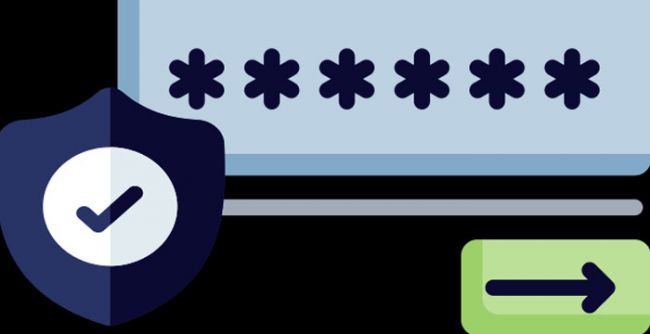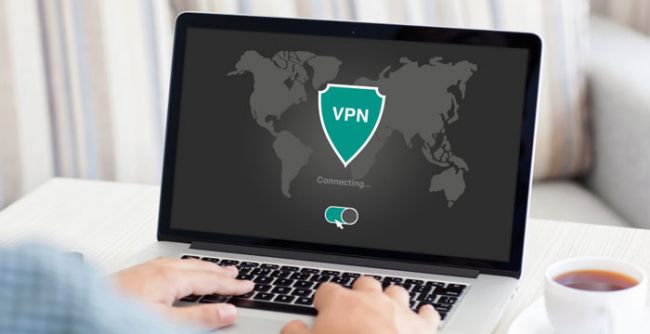Have you ever wondered how safe your business is from cyber threats? In today's world, businesses of all sizes are under constant pressure to protect their data. From small startups to large corporations, everyone relies on digital systems to store important information. That makes cybersecurity more important than ever. As technology keeps evolving, so do the methods used by cybercriminals. Hackers are smarter, and their tools are more advanced. This means companies must stay alert and understand what is changing in the world of cybersecurity.
In this blog, we will share the top cybersecurity trends every business should be aware of to stay protected in 2025 and beyond.
Remote Work and Its Security Challenges
Remote work became popular during the pandemic, and it’s still going strong. Many employees work from home or use a hybrid setup, which brings new challenges for cybersecurity. When people use personal devices or connect through home networks, it becomes easier for cyber attackers to break in. Businesses no longer control the security of every device connected to their network, and this weak point is something attackers often look for.

To stay safe, companies need strong remote access tools and training for workers. Employees should know how to spot fake emails or unsafe links. Using virtual private networks (VPNs), setting up multi-factor authentication, and keeping software updated are simple steps that help. Companies must make cybersecurity a team effort and build strong habits across the board.
The Rise of Identity-Based Attacks
Cyber attackers are shifting their focus to identities. Instead of breaking through firewalls or networks, they often target login credentials. With just one stolen identity, an attacker can move across systems, steal data, or install malware. This growing threat is especially dangerous for companies using cloud tools and remote logins, where users access systems from different locations and devices.
To fight this, many businesses now rely on solutions like Entra ID Protection. This tool helps detect risky sign-ins, signs of compromised accounts, and unusual behavior. It works with Microsoft Entra ID and supports actions like blocking access or requiring extra login steps. This also uses signals like unfamiliar sign-in locations and malware-linked IP addresses to find threats early. Companies benefit from automating responses and applying conditional access policies to high-risk users. By focusing on identity security, businesses can stop attacks before they cause real harm.
AI and Machine Learning in Cyber Defense
Artificial intelligence (AI) and machine learning (ML) are becoming key players in fighting cyber threats. These technologies help systems learn patterns of normal behavior and spot unusual activities quickly. Unlike traditional tools, AI doesn’t wait for a human to react. It finds threats and reacts faster, which saves time and reduces damage.
Businesses are now using AI-based tools to monitor networks 24/7. These systems can detect odd behavior, like a user logging in at an unusual time or accessing files they usually don’t touch. That makes it harder for attackers to go unnoticed. As AI continues to grow, it will become a core part of every company’s security plan. It helps reduce human error and fills the gaps where traditional tools fall short.
Phishing Attacks Are More Targeted
Phishing used to be easy to spot. You’d get an email with poor grammar asking for bank info. Today, it’s a lot harder. Attackers now do their homework. They research companies and employees before sending fake emails that look very real. Some even appear to come from your boss or co-worker, making them very dangerous.
These emails often include links that install malware or ask for personal information. One click could give hackers access to your entire system. That’s why training is essential. Employees need to learn how to check email addresses and avoid clicking links they don’t trust. Security tools that scan emails and block harmful links also help. Phishing isn’t going away, so companies must stay alert and ready to respond.
Cloud Security Becomes a Top Priority
More businesses are moving to the cloud because it’s flexible and cost-effective. But that move brings new risks. When you store data in the cloud, you rely on third-party providers to keep it safe. If they’re not secure, your data is at risk, too. Misconfigured settings, weak passwords, and poor access control are all common problems in cloud setups.
To stay protected, businesses must choose cloud services that take security seriously. Look for providers that offer encryption, access logs, and strong authentication methods. It’s also smart to audit your own cloud setup. Make sure only the right people can access certain files and data. Cloud use is growing fast, and so is the need for smarter security practices to go along with it.
Ransomware Attacks Are Getting Worse
Ransomware attacks are some of the most damaging types of cybercrime. In these attacks, hackers lock your data and demand payment to release it. If you don’t pay, you may lose access forever. Some attackers also threaten to leak your data online. These attacks can stop a business in its tracks, and recovery is often slow and expensive.
Criminals are now targeting smaller businesses because they often lack strong security. Companies need backup plans. Having your data saved in a secure location helps you recover without paying the ransom. It’s also important to keep your systems updated and educate your team. One wrong click is all it takes. As ransomware grows, prevention and planning are the best defenses.
In conclusion, staying protected in today’s digital world is not just about having antivirus software. Cyber threats are changing fast, and businesses must adapt to them. From identity attacks to advanced phishing tricks, there are many ways a hacker can try to get in. But by learning about these trends and acting early, companies can keep their data safe and operations running smoothly. As your business grows, so will your exposure to digital risks. Taking cybersecurity seriously is no longer optional. It’s a core part of doing business. Keep learning, stay alert, and don’t wait for a problem to make a plan. The steps you take today can save your company tomorrow.
Post Comment
Be the first to post comment!
Related Articles

Protect Your Digital Life Without Sacrificing Speed
Apr 16, 2025 . Marketing
